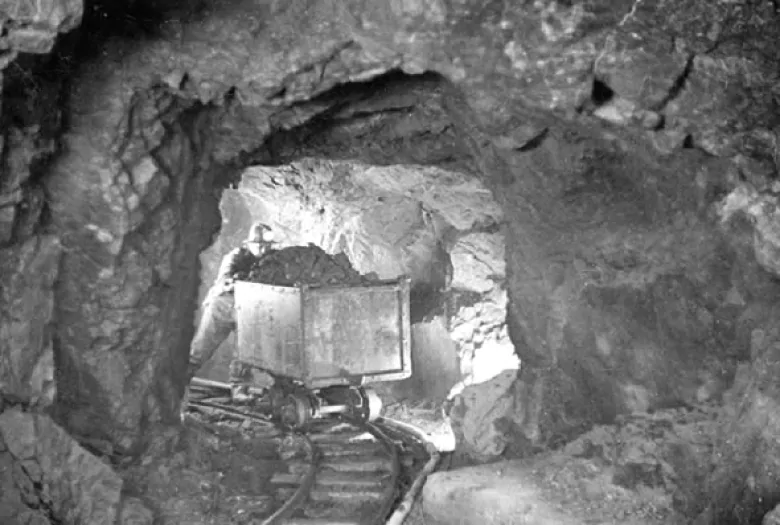Seventy-five years after two nuclear bombs were dropped in Japan — killing hundreds of thousands of people in the cities of Hiroshima and Nagasaki — one small community in the Northwest Territories is still haunted by its connection to the blasts.
Seventy-five years after two nuclear bombs were dropped in Japan — killing hundreds of thousands of people in the cities of Hiroshima and Nagasaki — one small community in the Northwest Territories is still haunted by its connection to the blasts.
Across Great Bear Lake from the 533-person hamlet of Délı̨nę sits the historic mining site of Port Radium.
Workers originally mined radium for medical use. But at the height of the Second World War, the Canadian government quietly called for uranium production as part of the country’s involvement in the Manhattan Project.
That uranium was sent south to help the United States with the race to build a nuclear bomb.
Eventually, two Allied bombs were dropped on Hiroshima and Nagasaki. Some estimates say 200,000 people died.
Wondering about the risks
On the other side of the world near Great Bear Lake, workers would eventually wonder about the risks they took delivering sacks of ore on their backs as they sent it south — without being told what they were about to be complicit in.
Danny Gaudet chaired a joint committee between Délı̨nę and the federal government on uranium mining in the area, which published its final report in 2005. He had hoped the report would lead to an apology to community members from the government for both their physical risks and moral injuries, but that hasn’t happened.
“One of the biggest things that the elders in the group always asked for is: ‘Just simply apologize to us, acknowledge you did something wrong,” said Gaudet. “That starts the healing journey.”
Days after the blasts, the Canadian government announced the country’s role in the explosions, citing the Great Bear Lake mine’s uranium as a key ingredient for the project, said Geoffrey Bird, a professor at Royal Roads University in Victoria who studies tourism and the history of remembrance.
An English-language sign connecting Port Radium to the atomic bomb was photographed in Délı̨nę in December 1945.

Bird said that means people in Délı̨nę would only have learned about their involvement in Hiroshima after it was too late. Even the federal announcement may not have been processed by everyone in Délı̨nę, a community that included unilingual Indigenous language speakers living traditional lifestyles, and the knowledge may not have been formally passed on.
“There’s a little bit of a fog in those elemen

